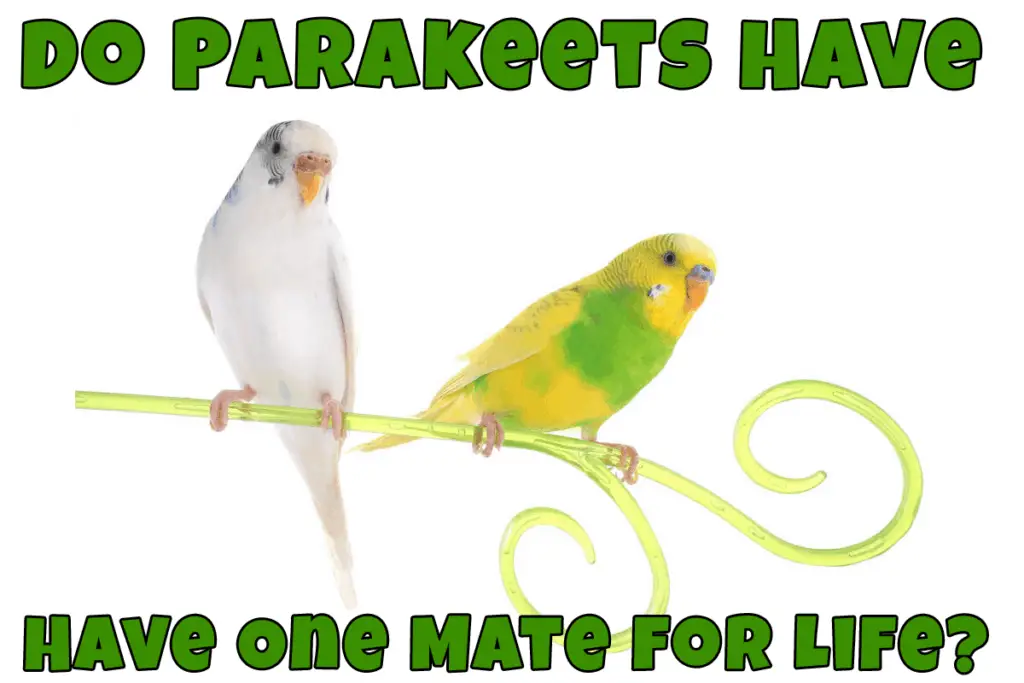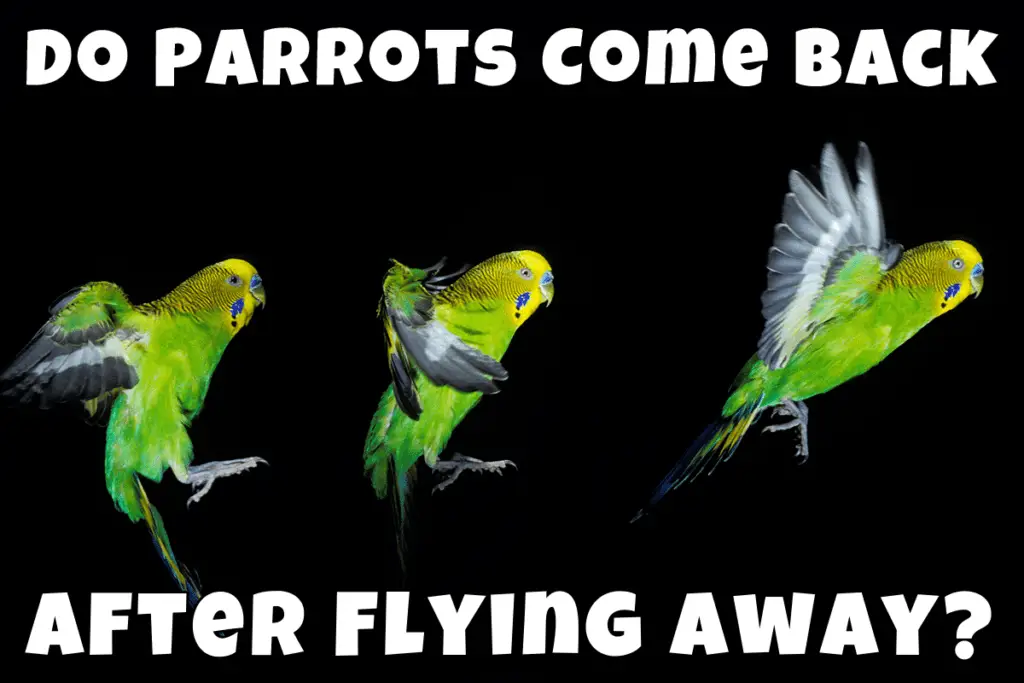We are all interested in the smallest details about our pets. And blinking is one of such tiny things. But that is important to us as people spend about 10% of their lives with their eyes closed. Blinking can take up to 29000 times a day! Do parrots do it the same way as we?
In fact, they do blink, but it is different from human ways. Take people, for example; they have two eyelids and bling in order to keep their eyes clean and moisturized. Parrots, instead, have three eyelids! The top two look similar to ours and focus on the function of maintaining eyes moisturized. A third thin film eyelid (a nictitating membrane) is meant to keep away dust and other mess.
The reason for blinking is usually the same as human’s, but the process is still very different for birds. After all, they are prey and have to be aware of predators.
What’s the Purpose of Parrot Eyelid?
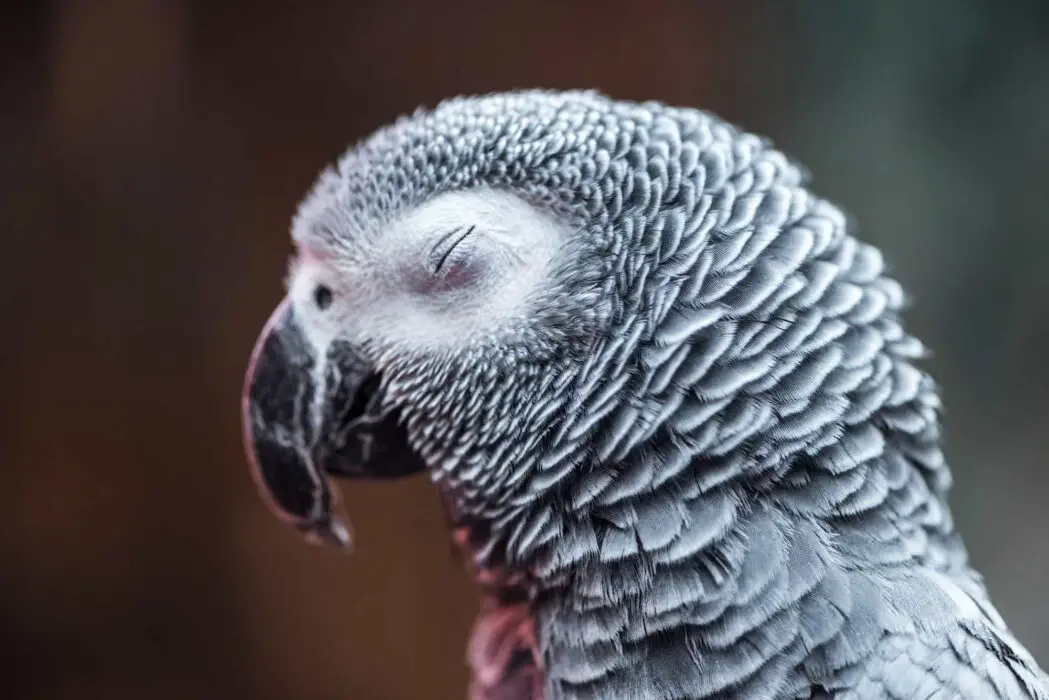
Blinking is involuntary. You can prevent it if you focus but only for a short time. You can also start blinking rapidly if you wish so. But, in general, this is a subconscious movement.
Our organisms have mastered the skill on the atomic level to keep eyes clean and moist. Tears are also a great cleaning agent for our eyes, but that is for another article. Preventing various debris from getting into our eyes is the essential purpose of eyelids and blinking. Bright lights get filtered as well!
For parrots, the functions are essentially the same; they just have one additional eyelid that helps the two outer ones.
Are Parrots Smarter Than Humans? Unexpected Truth
How Do Parrots Blink?
As I’ve mentioned before, parrot’s eyelids are generally different from human eyelids. They have three while we have only one. Their purpose is protection and lubrication.
The process of blinking is quite different as well. Parrots do not use the two outer eyelids to blink as people do. Instead, they use the thin nictitating membrane to blink. The outer eyelids do move, but they are not used for blinking.
You’ve probably noticed such a third eyelid – nictitating membrane – in other animal species as well. Just think of reptiles and amphibians. And also fish. They also have this membrane.
In addition, a nictitating membrane can also be found in mammals. Can you guess which ones? I’ll give you a hint – they are native to Madagascar! Bing bing, yes, lemurs have such a membrane as well.
The visible difference between our eyelids comes in the way we blink. While people move their upper and lower lids vertically, the nictitating membrane moves horizontally. Plus, it is a thin film that is invisible mainly while hidden behind the outer lids.
Why Do Parrots Have a Nictitating Membrane?
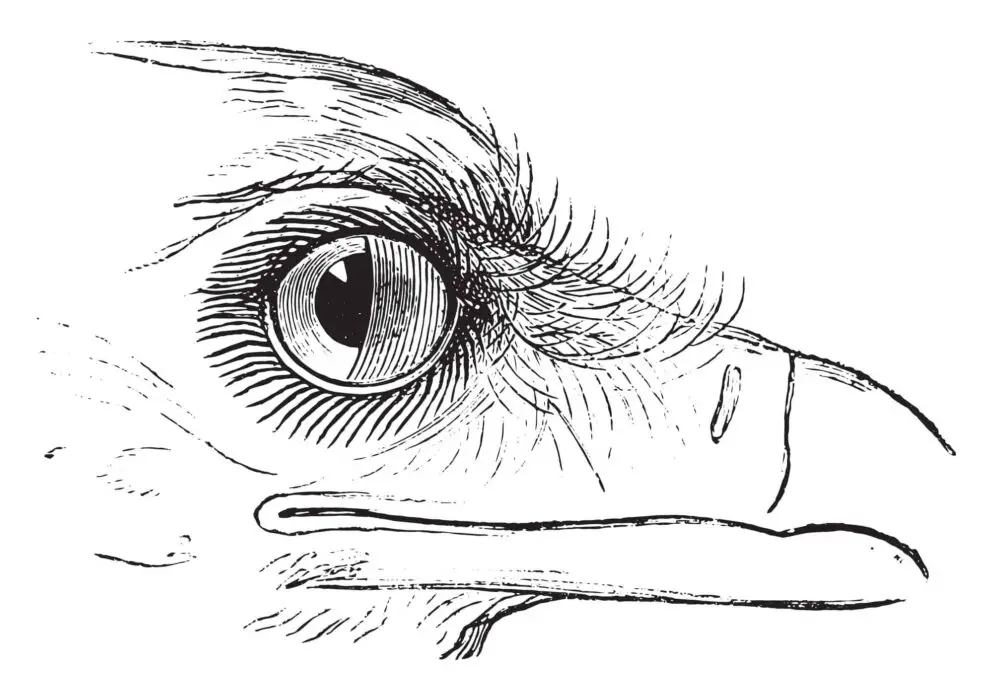
Parrots are prey! Even the bigger macaws are often prey to other animals and, even, birds. That’s why nature has made way for them to be on the constant lookout for predators. A nictitating film allows parrots to keep their vision at all times while blinking as animals do. After all, they do need to keep their eyes clean and functional.
And that comes into play while flying as well. As a parrot sweeps its wings, the membrane protects its eyes against cold breeze and dust. Besides, you don’t want to lose your vision while in the air, right? Though, I suppose some birds have learned to even sleep on autopilot for short amounts of time.
As you see, nature has a way for all its species to survive and grants them the tools for that.
How Good Is Parrot Hearing? Learn Why Parrots Are So Good at Mimicking
What is a Parrot Blinking Game?
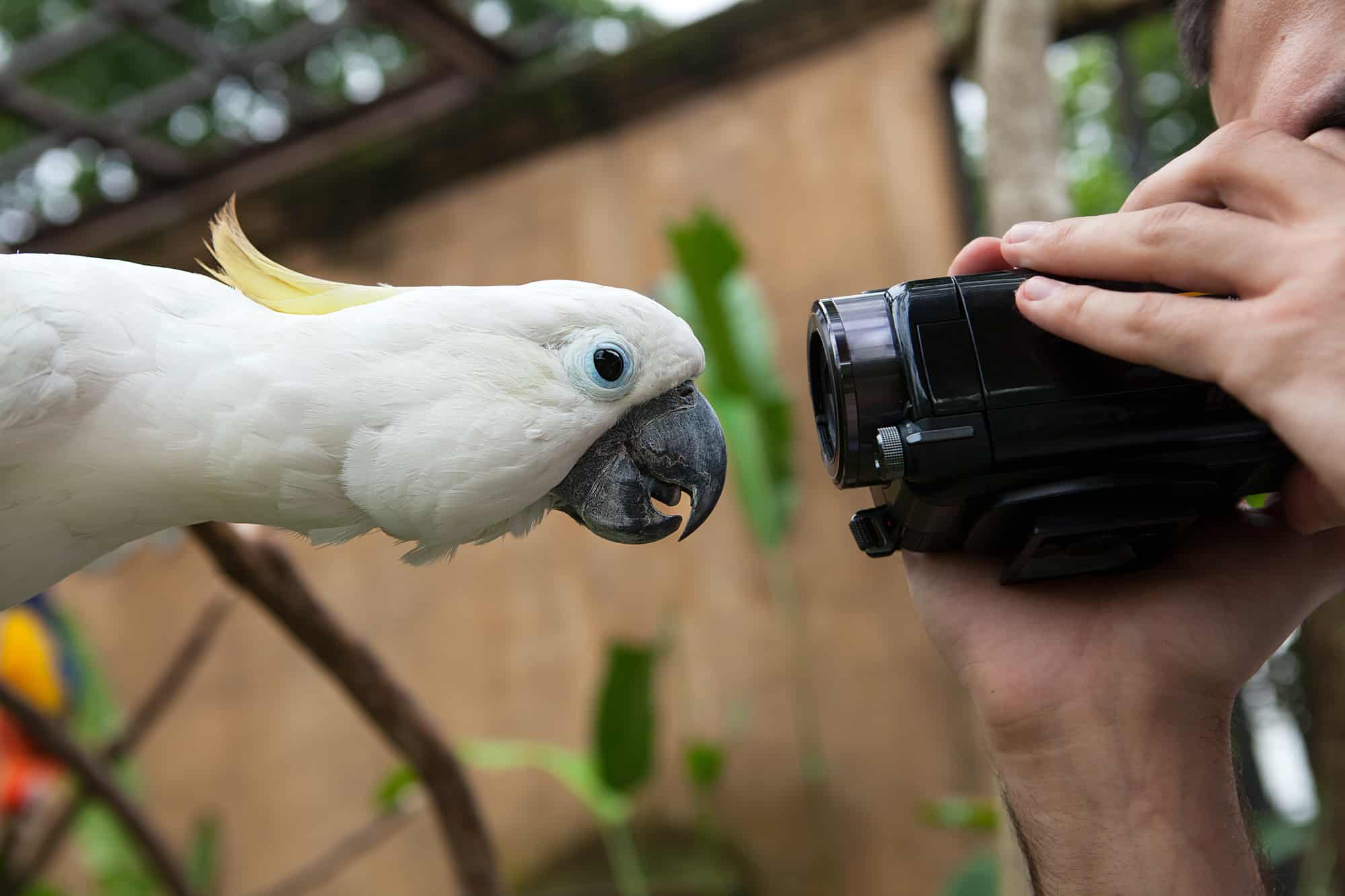
I’m glad you’ve asked! Obviously, not right now, but this is a common point of interest among my friends.
The blinking game is a legit game that you can play with your bird! It is perfect for the first days after you bring it home or as a bonding scheme with a new part you meet. Thus, you don’t push shy parrots out of their comfort zone and still interact with them.
To play this game, you need nothing more than your eyes and a willing parrot, of course.
Parrots do love eye contact! All you have to do is walk up to them, stare directly at your parrot, and blink once. Purposefully. And it will blink back at you! Look closely for that swift movement of the membrane! Repeat the process. Thus, you may play with your pet this way for several minutes. It’s a really relaxing bonding technique for the birds! It shows that you come with good intentions and that your parrot can trust you too! Blinking in turns is a great show of trust, as keeping your eyes closed is a dangerous thing out in the wild. And even captivity-bred birds still retain the instinct.
After this game, your bird will be more comfortable around you. You may even kiss your parrot after that but only following the rules I’ve written about in the previous article.
17 Arguments Why Parrots Make Good Pets, You Don’t Know What You Are Missing
Why Does a Parrot Blink at Me?
Blinkin is a diverse sign. Sometimes, it is just as it is – simply blinking. Other times, it can be a sign that your parrot likes you, trusts you, or it may be interested, bored, or excited. Parrots do have many body language signs, but I wouldn’t pay so much attention to blinking alone. Instead, look at the whole bird and its overall behavior. Blinking is just an accompanying tool, not the primary sign.
What Does It Mean If My Parrot Blinks More Than Usual?
While blinking is normal for parrots, excessive blinking is never good. If you notice your bird doing that more often than regular, it may be a sign of infection. Do not worry, it may be nothing serious, but you still have to bring your parrot to the vet and check its health as parrots suffer from a variety of eye diseases; among the most widespread are
- mites
- salmonellosis
- mycobacteriosis
- psittacosis
- conjunctivitis
- sinusitis
- and the simple vitamin A deficiency
Some of these cases are easily treatable and have no consequences for the bird afterward. Others are harder to deal with.
22 Visible Signs Your Parrot Likes You
Note that blinking is a natural process for all parrots. They are equipped with a thin membrane that allows them to keep vision at all times. This nictitating membrane is used for blinking for the purpose of cleaning the eye and lubricating it.
Blinking can become a part of your games with the parrot. And it can also indicate some serious and not illnesses. If you pay close attention to your bird’s eyes, you’ll learn many interesting things about it.

